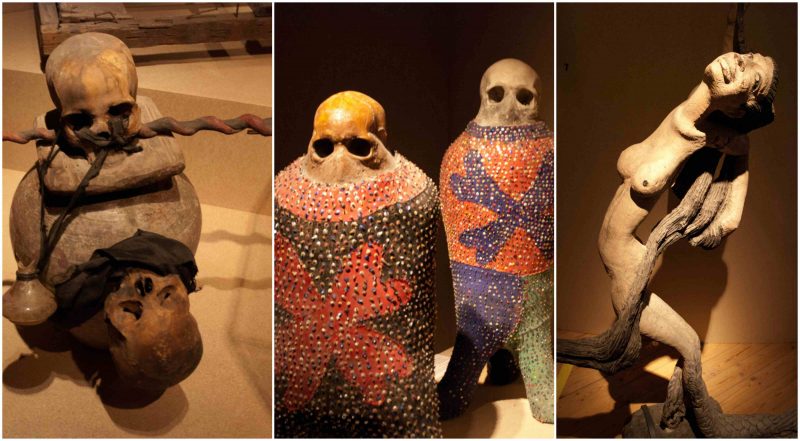Haitian Vodou or commonly Voodoo is a syncretic religion practiced chiefly inHaiti and the Haitian diaspora. Vodouists believe in a distant and unknowable Supreme Creator, Bondye (derived from the French term Bon Dieu, meaning “good God”).
According to Vodouists, Bondye does not intercede in human affairs, and thus they direct their worship toward spirits subservient to Bondye, called loa. Every loa is responsible for a particular aspect of life, with the dynamic and changing personalities of each loa reflecting the many possibilities inherent to the aspects of life over which they preside.
In order to navigate daily life, vodouists cultivate personal relationships with the loa through the presentation of offerings, the creation of personal altars and devotional objects, and participation in elaborate ceremonies of music, dance, and spirit possession.
All Photos by Thomas Quine/Flickr
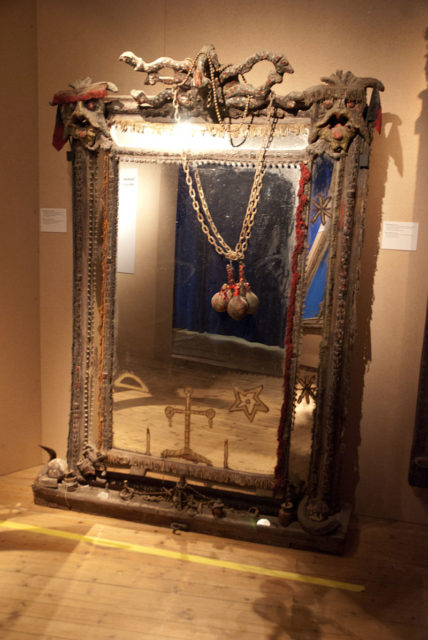
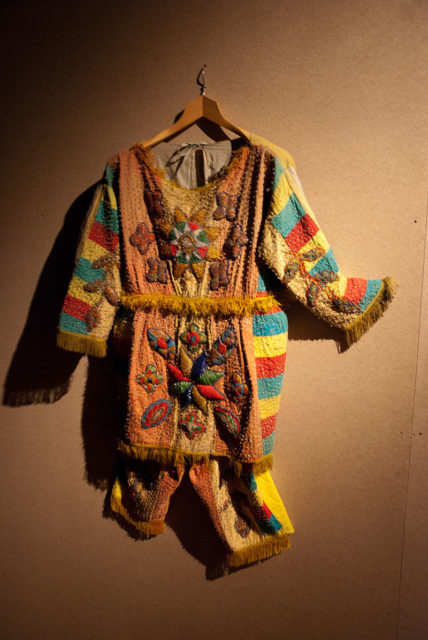
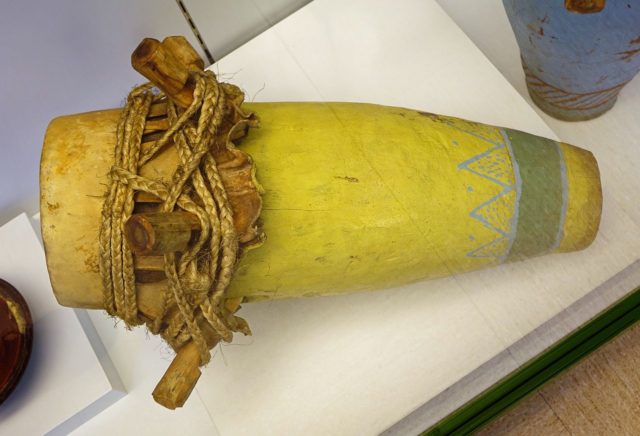
The most distinctive Vodou art form is the drapo Vodou, an embroidered flag often decorated with sequins or beads, but the term covers a wide range of visual art forms including paintings, embroidered clothing, clay or wooden figures, musical instruments and assemblages. Since the 1950s there has been growing demand for Vodou art by tourists and collectors.
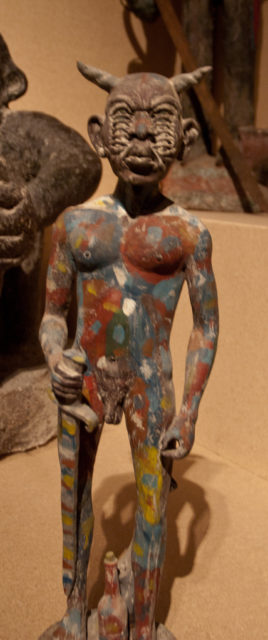
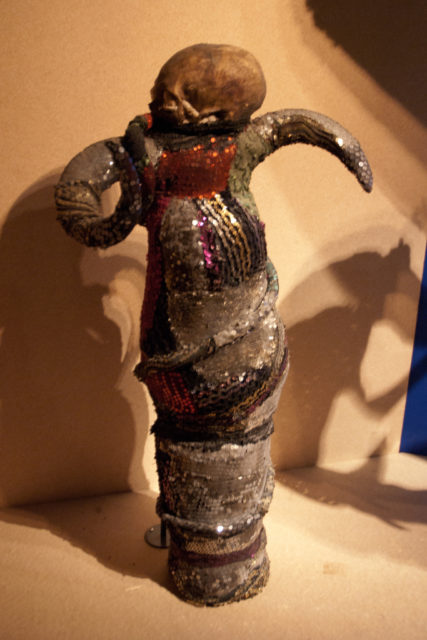
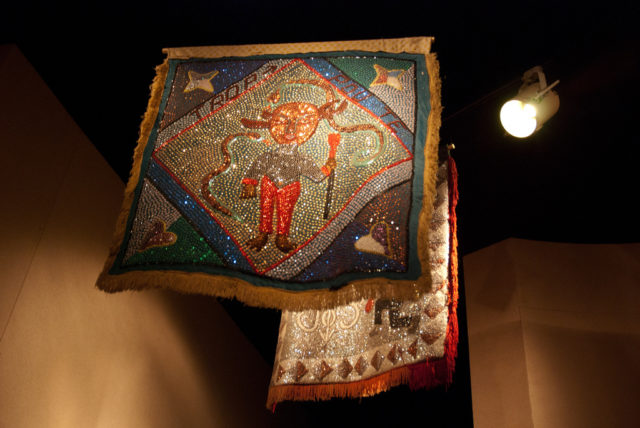
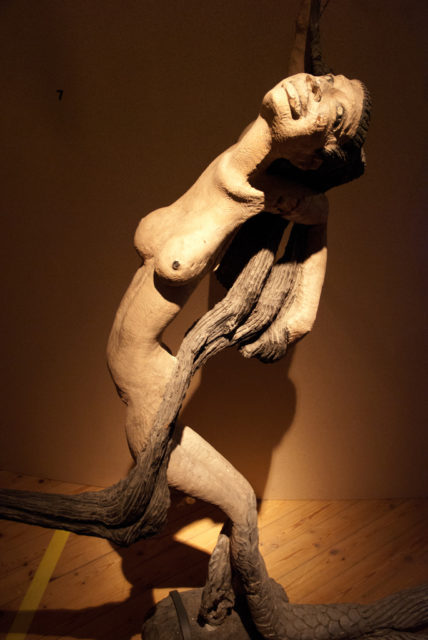
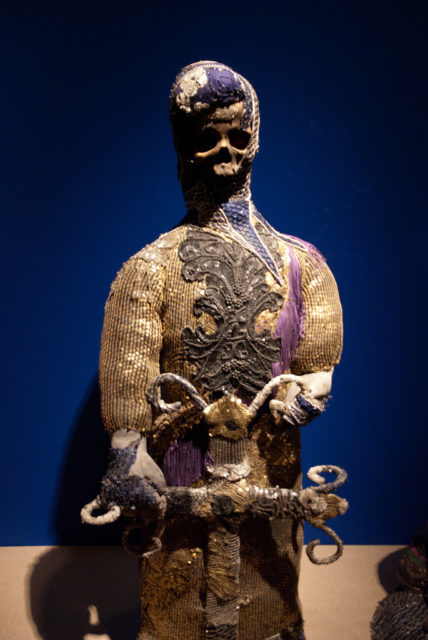
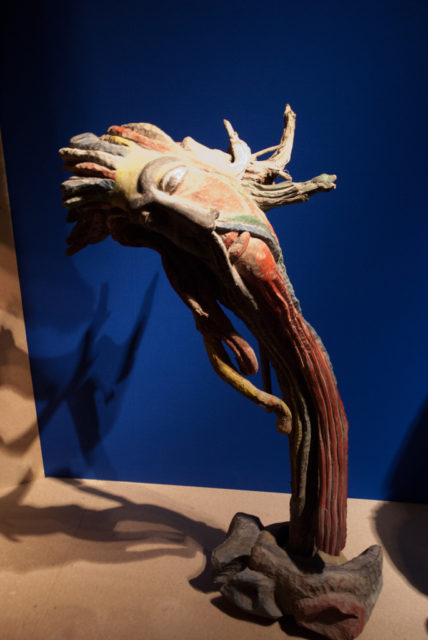
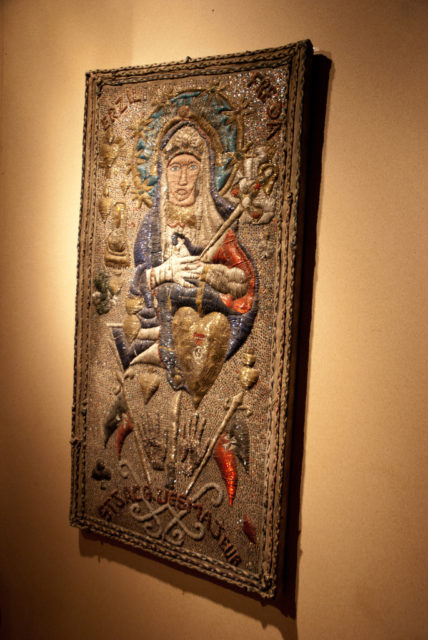
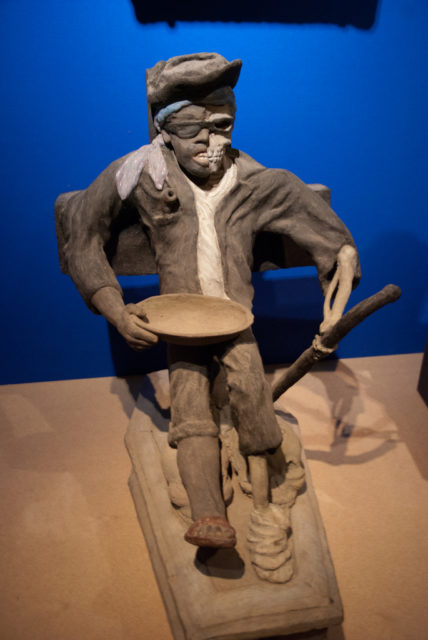
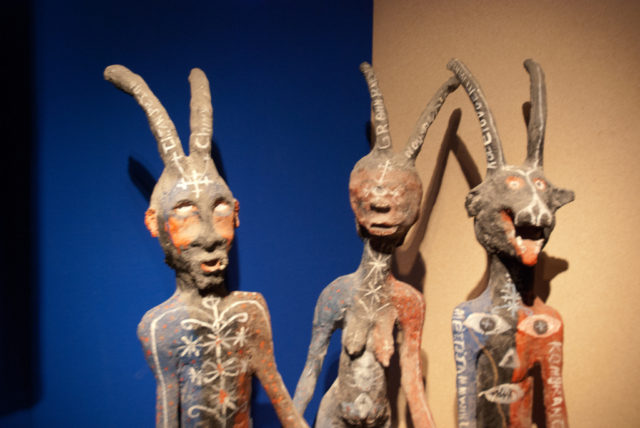
Vodou art can be difficult to classify in Western terms. Rachel Beauvoir-Dominique, writing of Marianne Lehmann’s Vodou art collection, notes that “even today, the Creole language does not possess any word to designate what Western civilization qualifies as ‘art’.”André Breton dismissed Haitian art, noting that Haiti had no museums or art collections. He apparently saw no value in the art associated with the backward Vodou religion.
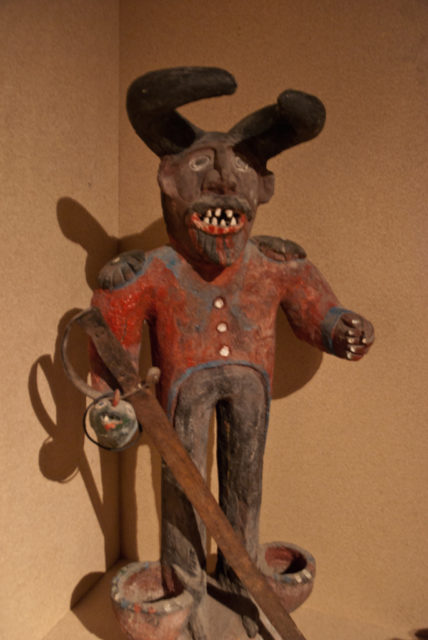
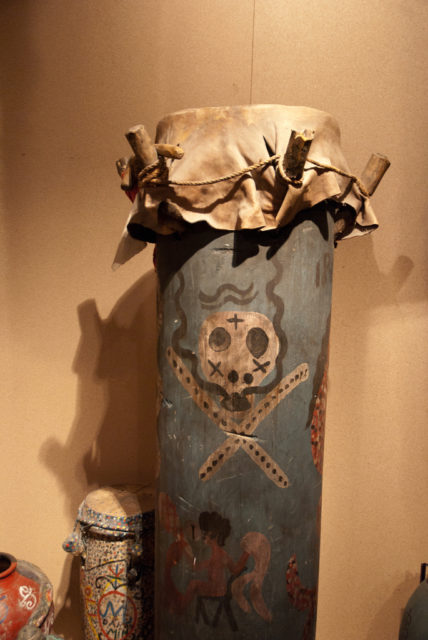
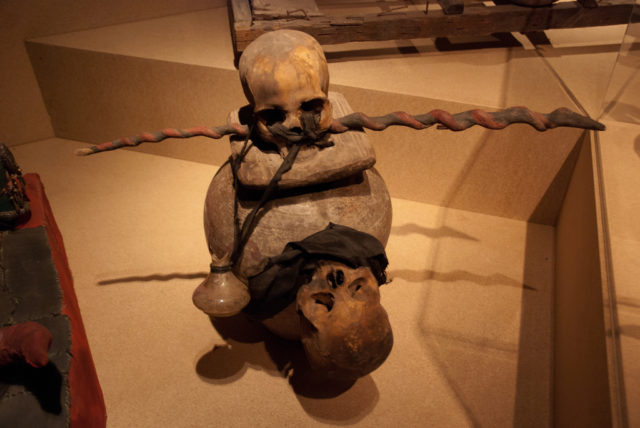
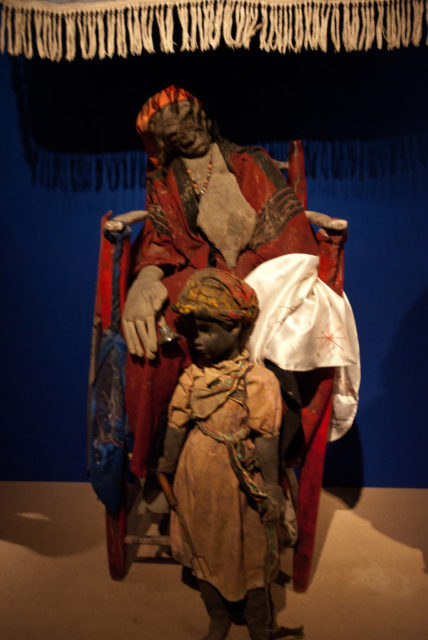
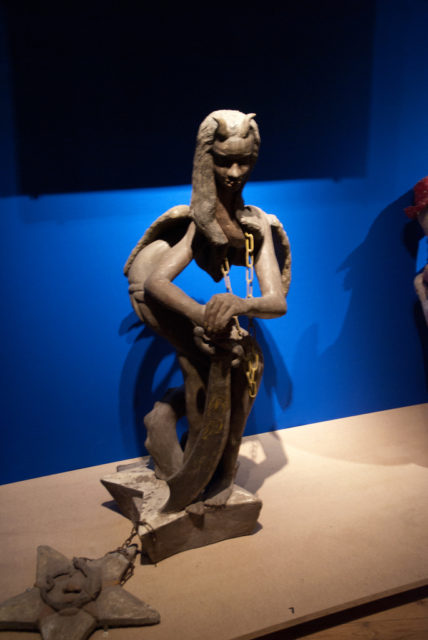
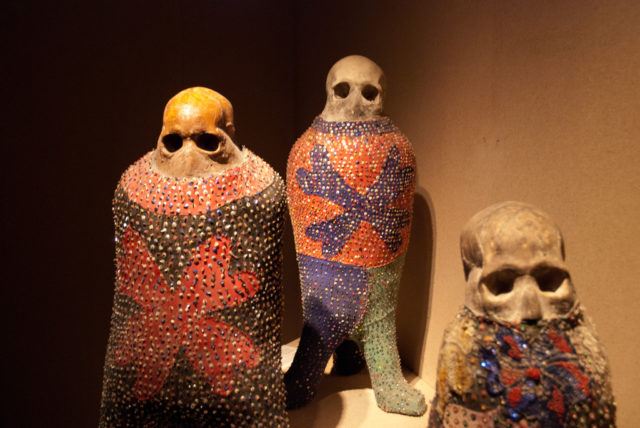
Vodou originated in the Caribbean and developed in the French Empire in the 18th century among West African slaves when African religious practice was actively suppressed, and enslaved Africans were forced to convert to Christianity. Religious practices of contemporary Vodou are descended from, and closely related to, West African Vodun as practiced by the Fon and Ewe.
Vodou also incorporates elements and symbolism from other African peoples including the Yoruba and Kongo; as well as Taíno religious beliefs, Roman Catholicism, and European spirituality including mysticism,Freemasonry, and other influences.
